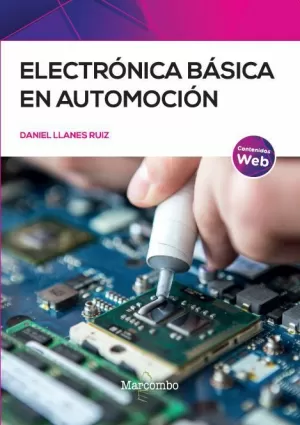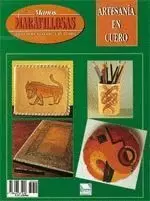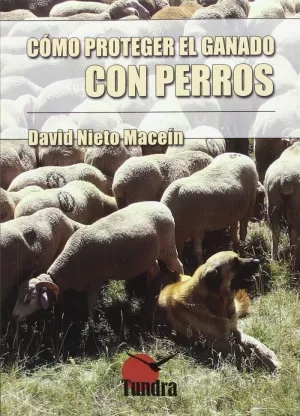
- Editorial:
- MARCOMBO, S.A.
- Año de edición:
- 2022
- Materia:
- Ingeniería
- ISBN:
- 978-84-267-3486-0
- Páginas:
- 504
- Encuadernación:
- Rústica
ELECTRÓNICA BÁSICA EN AUTOMOCIÓN
LLANES RUIZ, DANIEL
La electrónica, los componentes electrónicos, los circuitos típicos y su análisis por superposición, los ensayos de compatibilidad electromagnética, entre otros, son temas muy fascinantes pero que pueden resultar difíciles de abordar si no se dispone de un buen guía. Si es ingeniero electrónico, se va a dedicar o se dedica al mundo de la automoción, o simplemente le gusta mucho la electrónica y quiere aprender más sobre ella, ha llegado al libro indicado. En Electrónica básica en automoción, el autor pone a su disposición los conocimientos adquiridos durante más de 15 años en el mundo de la electrónica, enfocada en el sector de la automoción, para que conozca de forma intuitiva y ágil los componentes electrónicos más habituales y usados en el mundo de la automoción, con sus distintas tecnologías, y cuándo es mejor utilizar una u otra para un aplicativo en concreto. Asimismo, el autor presenta gradualmente otros temas para que los controle con soltura al finalizar la lectura de este libro: ' Cálculo de las potencias consumidas en los componentes para distintos tipos de escenarios y ejemplos útiles. ' Diseño de fuentes conmutadas o reguladores lineales estables para evitar problemas de oscilaciones indeseados que puedan dañar su circuito. ' Cálculos térmicos y estimación de temperaturas dentro de una placa de circuito o en radiadores con ejemplos prácticos. ' Las distintas tecnologías de circuitos impresos que hay y sus ventajas e inconvenientes. ' Introducción a los ensayos de compatibilidad electromagnética más extendidos en el mundo de la automoción y cómo simples contramedidas pueden ayudar a pasar estos test tan exigentes. Además, en el libro se profundiza en los ensayos eléctricos y su análisis para simplificar al máximo la resolución del problema, en las descargas electrostáticas y cómo proteger a su circuito frente a ellas, en el uso de la transformada de Laplace como una herramienta muy poderosa de resolución y en los buses de comunicación más extendidos dentro del automóvil y sus particularidades. Sin duda, este libro deviene un manual indispensable para todo aquel que quiera desarrollar sus proyectos sobre electrónica y saber más acerca de su relación directa con la automoción. Daniel Llanes Ruiz es ingeniero de telecomunicaciones. Estudió en la Universidad Politécnica de Valencia y luego en la Universidad Miguel Hernández. Ha pasado por empresas como Continental Temic, GND Nagares y AED Embedded. Siempre le han gustado los retos y defiende que es posible reducir problemas muy complicados a soluciones muy sencillas: como decía Albert Einstein, 'no entiendes realmente algo a menos que seas capaz de explicárselo a tu abuela'.







